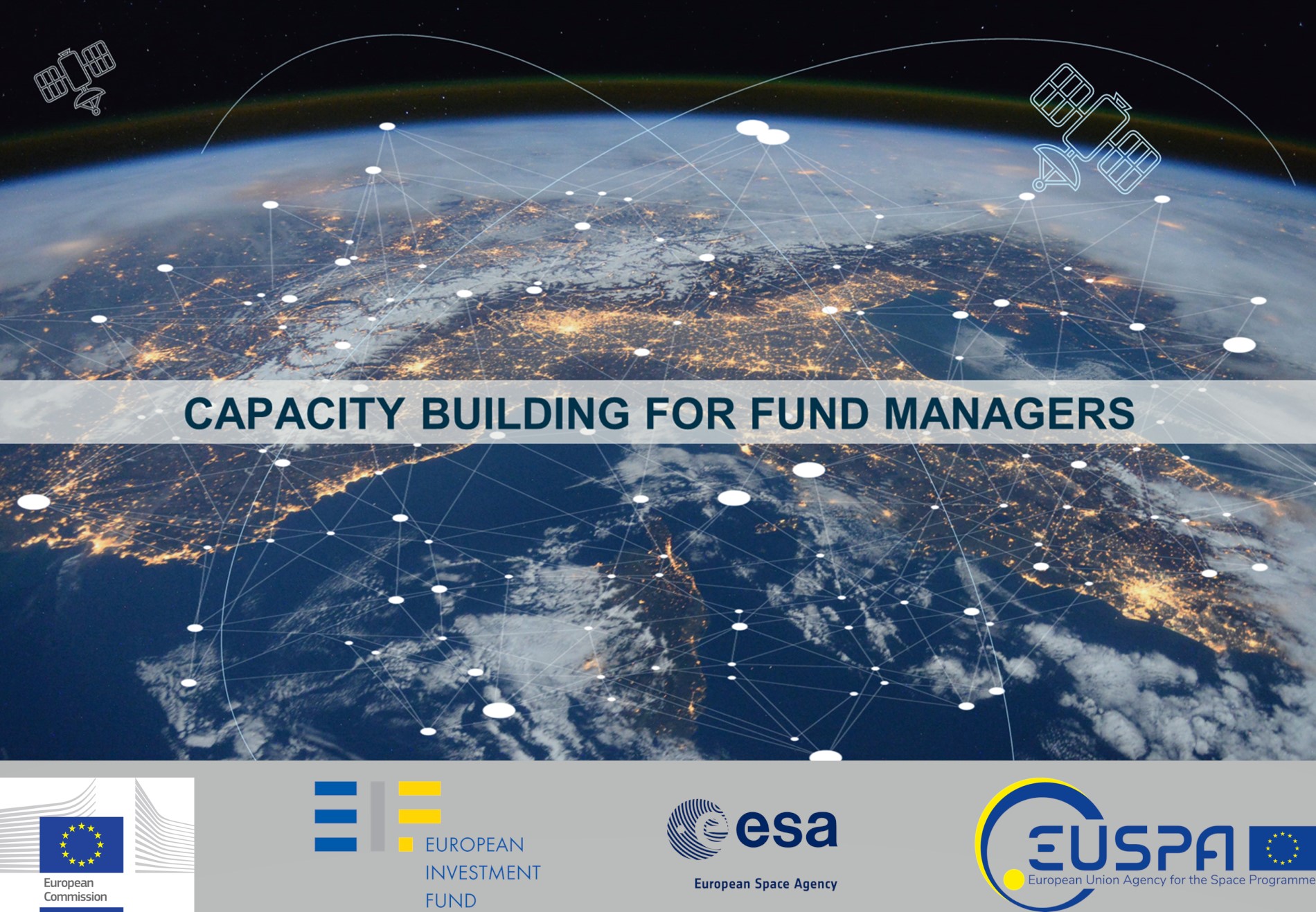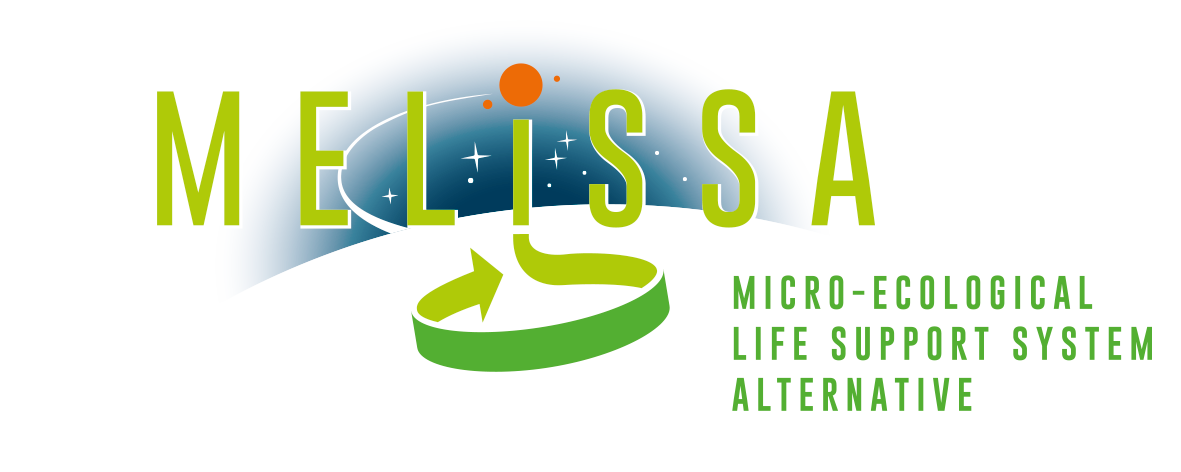Sustainable finance
The climate change and the consequences from air and sea pollution, loss of biodiversity and deforestation are causing a strong pressure on industries to adopt sustainable growth policies and foster a green recovery.
The financial sector, as an important global player, has been committed in recent years to playing a decisive role in the transition towards a sustainable economy. Sustainable Finance, through the integration of ESG (Environmental, Social and Governance) factors in investment and decision making processes, has made important progresses in recent years. However, in the face of a clear desire to operate with a view to environmental and climate sustainability, there is often a lack of awareness of what are the right actions to take. The adoption of ESG policies in recent years has gone in the direction of filling this gap, making the environmental protection sector more transparent.
Sources of ESG data
Historically, the main sources of ESG data have been voluntary disclosures by the companies themselves through Corporate Social Responsibility (CSR) reports. This practice has proved ineffective for several reasons: companies have often shown themselves to be subject to positive bias, with a tendency to omit negative details (e.g. fines received) if not obliged by regulations; the methodologies used by companies are different, causing difficulty in comparing data between different companies and sectors; most of all, the frequency of the emissions is too low, with most companies and private agencies issuing these reports only once a year.
To address these issues, ESG providers have tried to use regulatory datasets and machine learning to analyse the large amount of public data provided by third-party entities, such as media or NGOs. The major difficulties encountered in implementing this type of study are not of a technological nature but related to data. Asset and company data are commercially available for only a few industries, much less when it comes to open data. One solution that is being worked on concerns the implementation of machine learning and remote sensing algorithms to develop data sets more efficiently.
In the near future, all the assets of global companies are expected to be mapped using this methodology, with remote imagery technologies and machine learning algorithms to identify assets all over the planet. With the exponential growth of the space-based sensing, computing power and complexity of machine learning algorithms, these systems will be increasingly available for this type of analysis.
The application of the satellite technology
Satellite technology can support the system to verify the accountability of companies, which too often manage to engage in evasive behaviours of their environmental responsibilities thanks to remote logistic chains and complex outsourcing systems, since it can collect large, frequent and independent data without the need of sending people in-situ. Artificial intelligence and machine learning algorithm support the need of large amounts of data coming from satellites. Data from the Copernicus constellation can be used to track the emissions of companies, deforestation (a big issue in poor countries, where forests are cleared to make space for soy and palm oil cultivations) and loss of biodiversity, for natural heritage protection, blue economy (e.g. by the monitoring of overfishing, coral reef deterioration, plastic pollution and oil spills) and climate applications to monitor risks of physical events. Time series measurements are employed in many of those fields of application to track the impact of human activities in specific areas over time.
The “Rapid Action Coronavirus Earth observation” (RACE) initiative developed by ESA and the European Commission makes use of Copernicus data to assess the impact of lockdown measures imposed across Europe because of the pandemic and monitor post-lockdown recovery.
The uptake of a Green and Sustainable Finance is expected to keep growing thanks to the strong regulatory support (e.g. the EU green deal), the increasing public awareness and social pressure and the harmonisation of private standards that will prevent green-washing behaviours.
ESA has been working for decades to support EU regulations. Satellite monitoring can provide frequent data on the environmental and climatic performance of companies’ assets, qualitative data derived from remote sensing, high comparability between assets and companies thanks to the application of global standards, and consistency across multiple scales. Already at present, this type of technology is bringing very promising results.
Space technologies traditionally support the insurance industry for climate related physical risk assessments, but also portfolio and project monitoring as well as damage assessment. Raising risks awareness and changing regulations have led to the development of climate risks assessments also in the investment and banking industry. Banks are increasingly testing large scale project-based investments or their portfolios on related climate risks. Central banks are building models with climate related risks scenarios and publishing guidelines. The process of matching portfolios with potential climate related risks such as sea level rise or droughts is in the making and data gaps are still existing.
The way forward
Today’s world is facing challenges that will reshape our way of life: climate change, the COVID-19 pandemic and digitalisation. Only companies that will be able to take advantage of the new opportunities and employ the new technologies will have a future.
In this sense, ESA will continue to support governments, academia and companies with scientific and commercial activities, development funds and a constant flow of data from the Copernicus satellite constellation to foster a green and sustainable growth for our planet.








